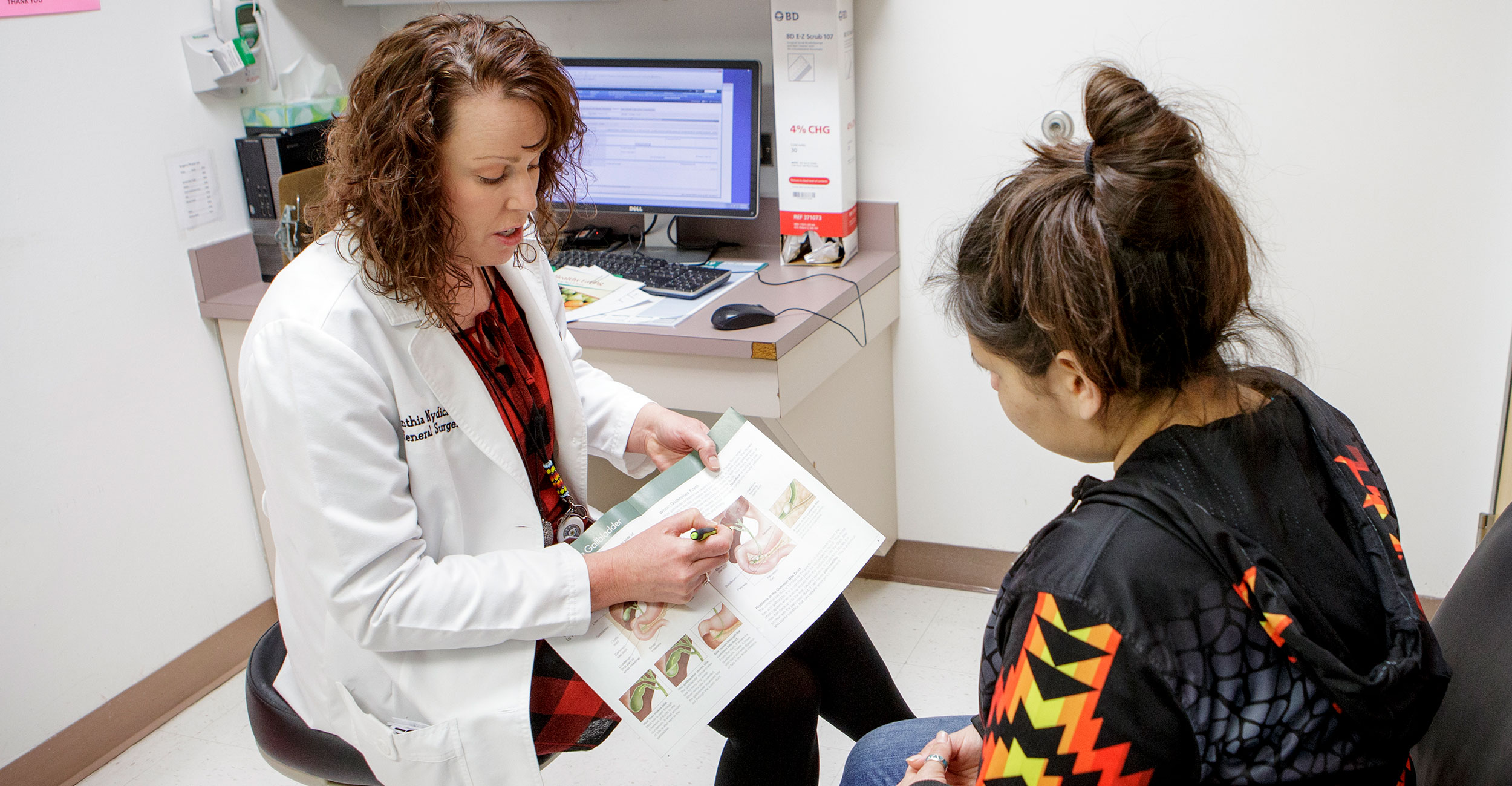
OSU-CHS once again earns a top spot in U.S. News & World Report medical school rankings
Monday, April 7, 2025
Media Contact: Sara Plummer | Senior Communications Coordinator | 918-561-1282 | sara.plummer@okstate.edu
For the second time, Oklahoma State University Center for Health Sciences has earned the No. 1 ranking in the percentage of graduates practicing in medically underserved areas in U.S. News & World Report’s annual medical school rankings.
Medically underserved areas, or Health Professional Shortage Areas, are areas and population groups, both rural and urban, that are experiencing a shortage of health professionals. These areas are also called medical deserts.
According to U.S. News data, about 73% of OSU College of Osteopathic Medicine graduates are practicing in HPSAs.
"Being recognized again by U.S. News & World Report for the dedication of our graduates in serving patients in physician shortage areas underscores the core mission of OSU College of Osteopathic Medicine," OSU-CHS President Johnny Stephens said. "I am incredibly proud of our institution, our graduates, and our faculty and staff for their steadfast commitment to this mission. Through a focus on innovation and a deep passion for community service, OSU-COM continues to produce graduates who are driven to make a difference in these medically underserved areas."
"Being recognized again by U.S. News & World Report for the dedication of our graduates
in serving patients in physician shortage areas underscores the core mission of OSU
College of Osteopathic Medicine."
OSU-CHS was also ranked No. 11 in graduates practicing in rural areas, an improvement from last year’s No. 19 ranking.
According to the National Rural Health Association, the patient-to-primary care physician ratio in rural areas is 39.8 physicians per 100,000 people, compared to 53.3 physicians per 100,000 people in urban areas. This uneven distribution of physicians has impacted the health of those living in rural areas.
“Our College of Osteopathic Medicine was founded in 1972 with the charge to train physicians to meet the health care needs of rural and underserved Oklahomans. In partnership with the Cherokee Nation and the opening of our campus in 2020 in Tahlequah, we continue to address significant health disparities faced by rural and tribal communities and increase the number of physicians serving these populations,” said Dr. Natasha Bray, OSU-COM at the Cherokee Nation dean. “These rankings demonstrate we are not just talking about this mission — we’re actively achieving it. They highlight the success of our unique model of education and the dedication of our graduates to our shared mission. We are profoundly proud of this achievement and remain steadfast in our commitment to serving the health needs of Oklahoma and beyond.”
The 2024-25 U.S. News and World Report rankings are from a survey of 197 fully accredited allopathic and osteopathic medical schools in the United States, which grant MD and DO degrees, respectively.
